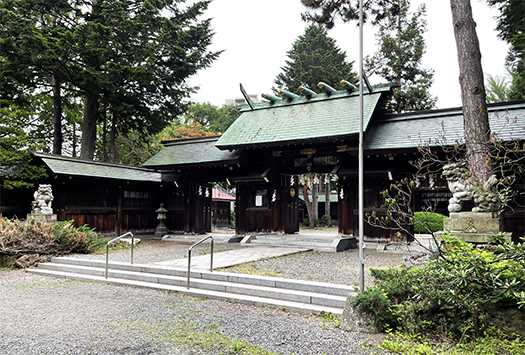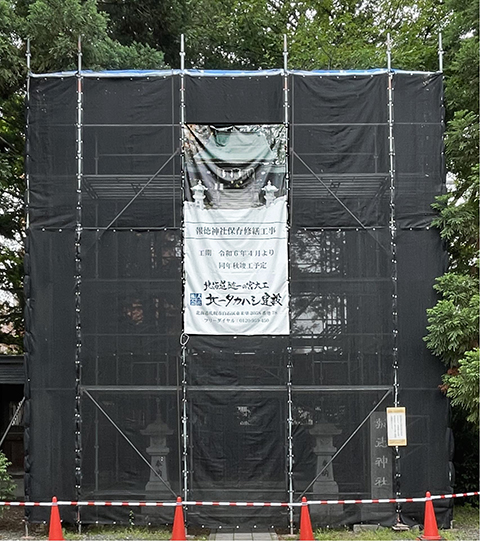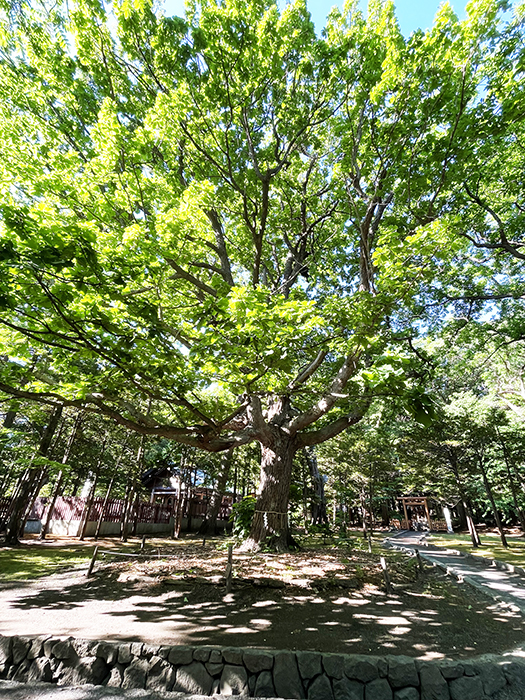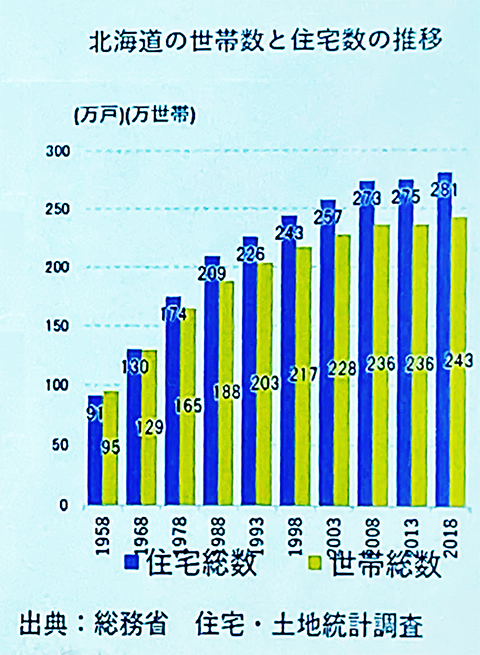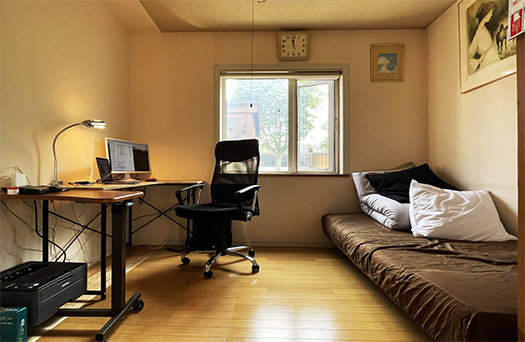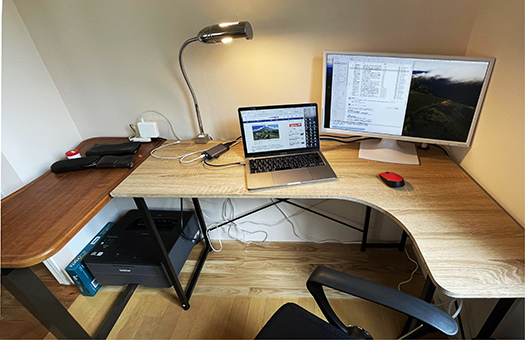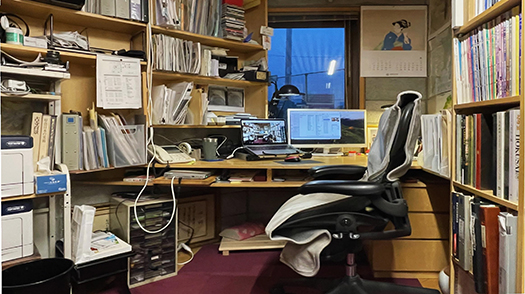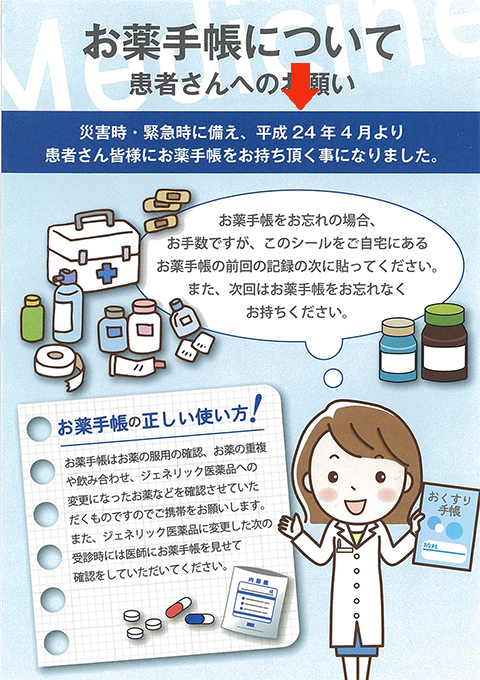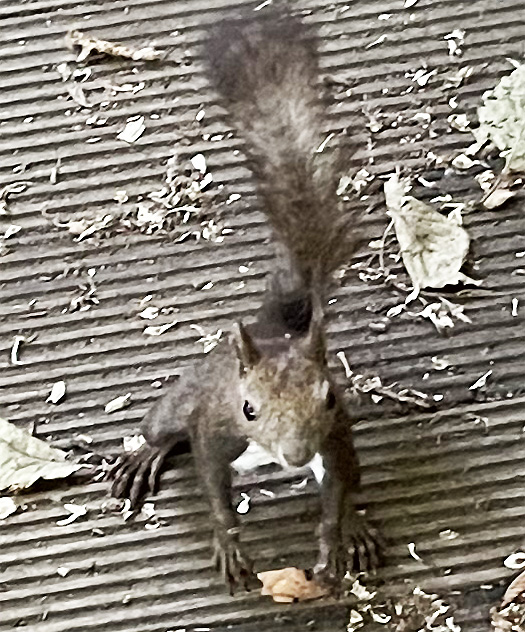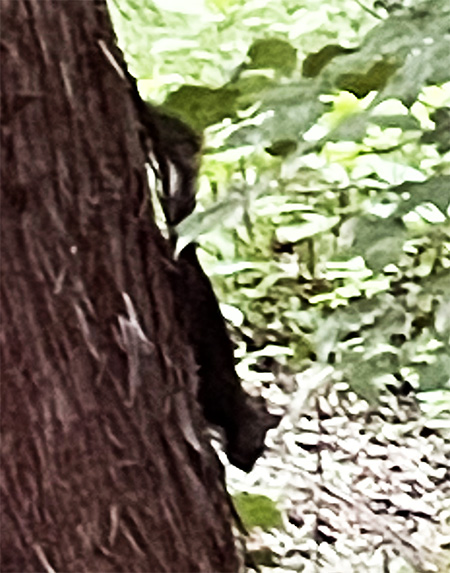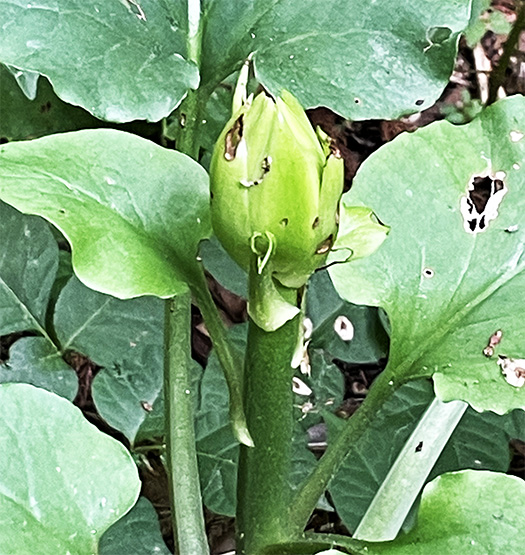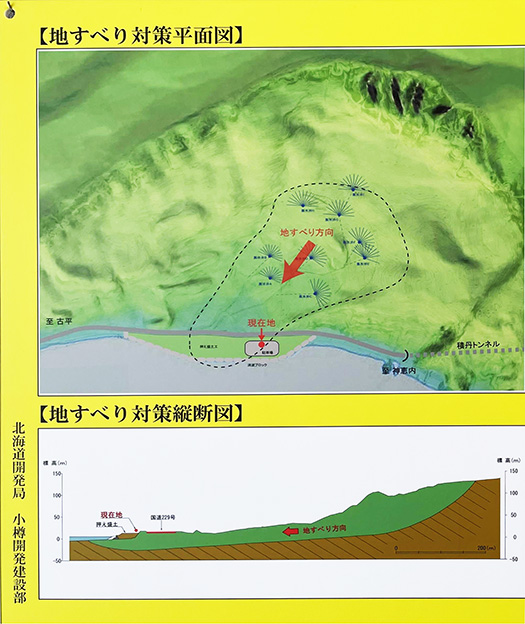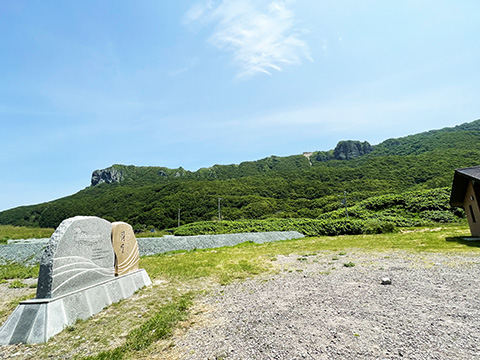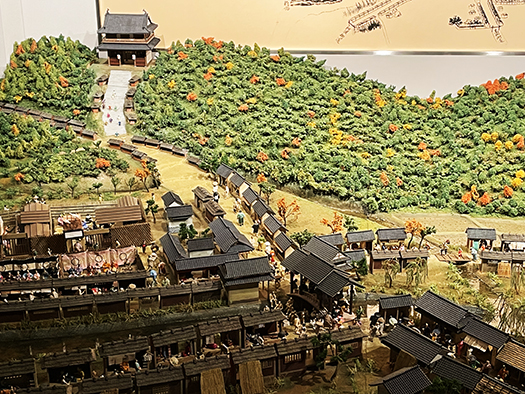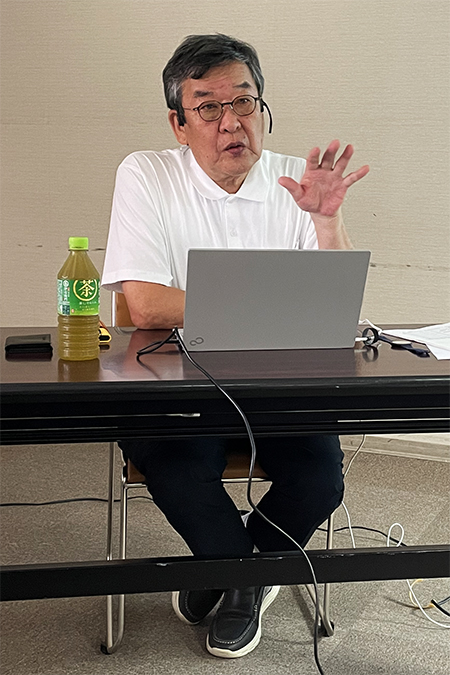
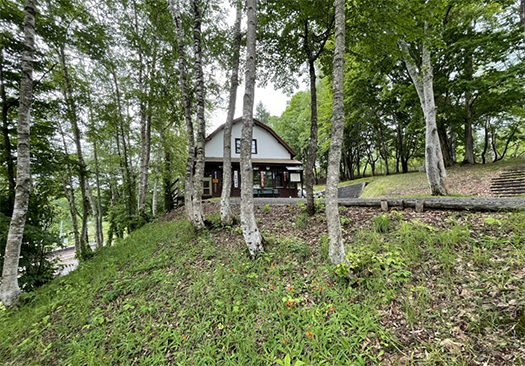
環境の変化、立場の変化などがあり、体調の不安定化もあったのでしばらくはそれほど行動的には過ごしていませんでしたが、新住協・鎌田紀彦氏が昨年11月頃から精力的に行っている講演会活動について、残念ながら一度も受講していなかったので、ちょうど日程のスキマが出来たこともあって、急遽出張決定。
わが家からの札幌ー旭川は往復で280km超ですが、それならと別件で2件、旭川と和寒の探訪もこなしたのでこれも往復80kmほどということでトータル360kmほどの弾丸日程。
ちょっとどうかなとかすかな不安もあったのですが、慣れた高速道往復でもあり、道中はほぼなにも考えないで運転に集中して、アタマのなかではぼ〜っと妄想に浸るという「芸」で無事クリア。帰ってからもひと仕事片付けられるほどの元気さでした。鎌田講演の会場では旧知の人たちから「元気だねぇ」とか言われてニコニコしておりました。
あ、鎌田先生にはちょっとお願いの案件もあって、フックを掛けておくことも出来た次第。
なんと鎌田先生からはその案件について、非常に強い興味分野だったということも判明。今後、進展があったらご協力いただけそうであります。案件進展のための貴重なアドバイスまでいただけた。
もう一枚の写真は講演時間までの間に行った和寒(石狩国と天塩国の中間地点)の様子。こちらは現在取り組み中の企画の取材の一環。この時期の北海道は、まことに天国に一番近い空気感で目と肌に心地よい。
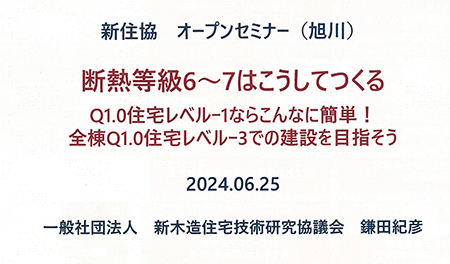

で、鎌田紀彦講演の今次のテーマはこちら。全国で18箇所開催ということで、トータルでは参加者が1,000人を超えそうということ。講演スタート時間ギリギリに会場に着いたら、案内されたのは先生のすぐ目の前の逃げも隠れも出来ない座席。案の定、先生からは最近のわたしの不勉強ぶりを指摘される一発。
「三木さん、札幌会場には来なかったのに、ここでかい(笑)」
実は1月の札幌講演のときにはわたしは反対に東北仙台に行っていて、先生が仙台に飛行機で帰ってくる時間に事務所にお伺いして面談させていただいた経緯がありました。たしか先生の飛行機も遅れて大急ぎで帰ってこられていた。それなのに、そのときの札幌会場への不参加を指摘されてしまった次第。しかも追い打ち的に会場スタッフの方からは「函館にも参加されませんか?7月の」との声も。う〜む。イジリか。
まぁしかし、なんとか今回、この講演ツアーの内容はしっかり聴講させていただけた。また先生からはちょうどタイムリーに「リフォームの対策」についても提起があったので、本日わたしは北海道の住宅会議に参加するのにいい参考意見をいただけた。
ちょっと案件が山積しているので、この講演の内容についてはすこしづつ「テーマ毎に」このブログで「解題」をこころみて行きたいと思っています。どうぞよろしく。
English version⬇
Lecture by Norihiko Kamata and other one-day trip to Asahikawa.
Face-to-face lectures as social restoration from the Corona disaster. Vigorous nationwide lecture tour. I finally attended the lecture in its entirety this time. I will gradually try to “solve” the problem on this blog. I will try to “solve” it gradually on this blog.
However, I had not attended any of the lectures that Mr. Norihiko Kamata of Shinjyukyo has been giving since November of last year. I had not attended any of his lectures since November of last year.
The round trip from Sapporo to Asahikawa from my home is over 280 km, but I also had to visit two other places, Asahikawa and Wassamu, so the total distance was about 80 km round trip, making it a total of about 360 km.
I was a bit nervous about the trip, but I was used to driving on the expressway, so I did my best to concentrate on the driving and not think about anything else, and I was able to complete the trip without any problems. I was so energetic that I was able to get some work done after returning home. At the venue of the Kamata Lecture, I was smiling when old acquaintances said to me, “You are so energetic, aren’t you?
Oh, I also had a little favor to ask Dr. Kamata, and I was able to hook him up.
It turned out that Dr. Kamata was very interested in the project. I am sure that he will cooperate with us in the future if there is any progress. He even gave us valuable advice on how to advance the project.
The other photo is of Wassamu (halfway between Ishikari and Teshio), which we visited before the lecture. This is part of a project I am currently working on. Hokkaido at this time of year is truly the closest thing to heaven, and the air is pleasant to the eyes and skin.
So, here is the next theme of Norihiko Kamata’s lecture. It was to be held in 18 locations throughout Japan, which means that the total number of participants was likely to exceed 1,000. When I arrived at the venue just in time for the lecture to start, I was shown to a seat right in front of the lecturer, where I could neither run nor hide. As expected, he took a shot at me, pointing out my recent lack of study.
Mr. Miki, you didn’t come to the Sapporo venue, but here you are!
I was actually in Sendai, Tohoku, at the time of the Sapporo lecture in January, and I had visited him at his office to meet with him when he was flying back to Sendai. As I recall, his flight was delayed and he was in a great hurry to get back. He was in a great hurry to get back to Sapporo, and he pointed out to us that he had not attended the Sapporo meeting at that time. And then, the staff at the venue asked me if I would like to participate in the Hakodate meeting in July. Hmmm.
Well, I was able to attend the lecture tour this time. The professor also made a timely presentation on “remodeling measures,” which was a good reference for my participation in the Hokkaido Housing Conference today.
I have a lot of work to do, so I will try to “solve” the contents of this lecture in this blog, “theme by theme” little by little. Thank you for your kind attention.
Posted on 6月 26th, 2024 by 三木 奎吾
Filed under: 住宅マーケティング | No Comments »


